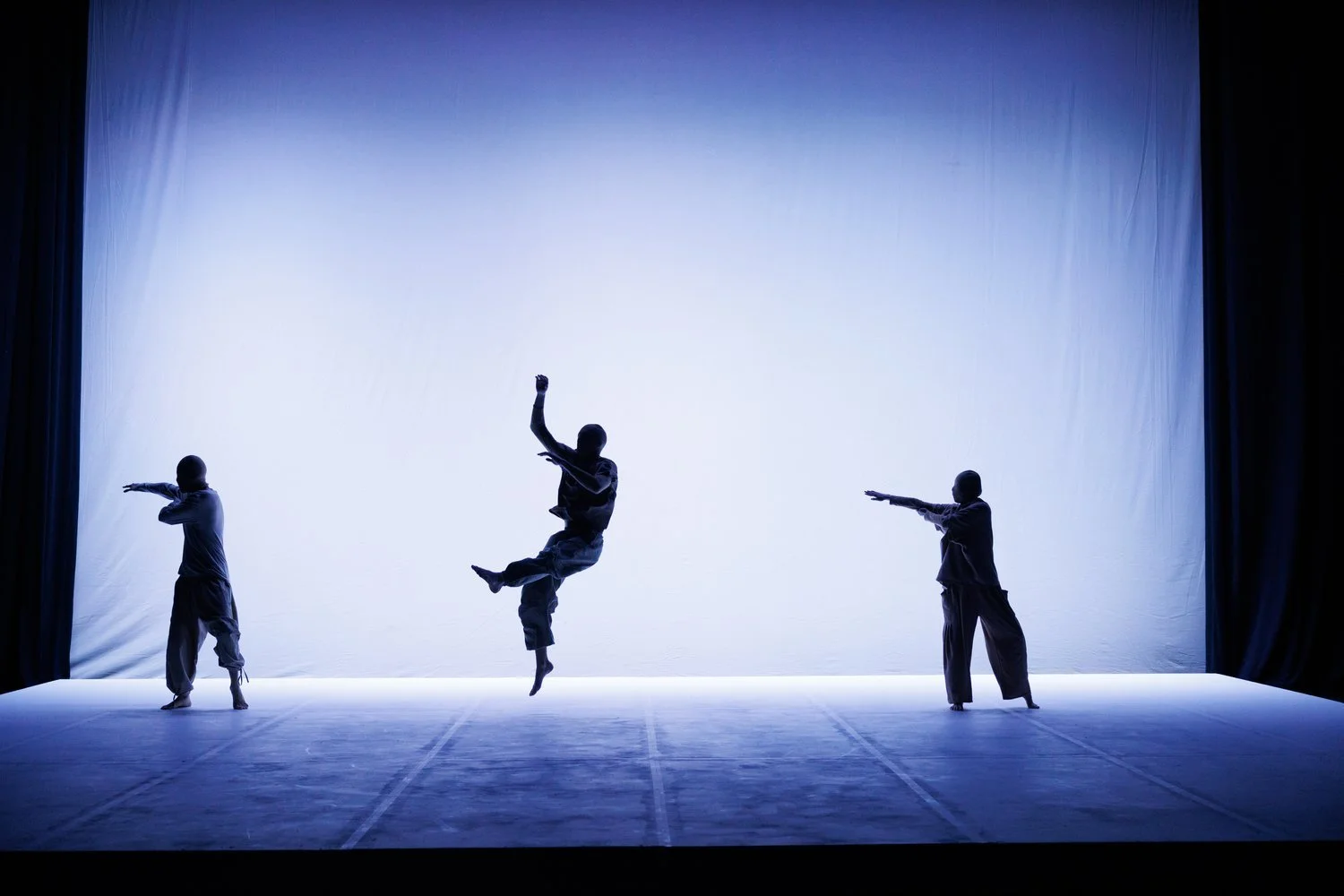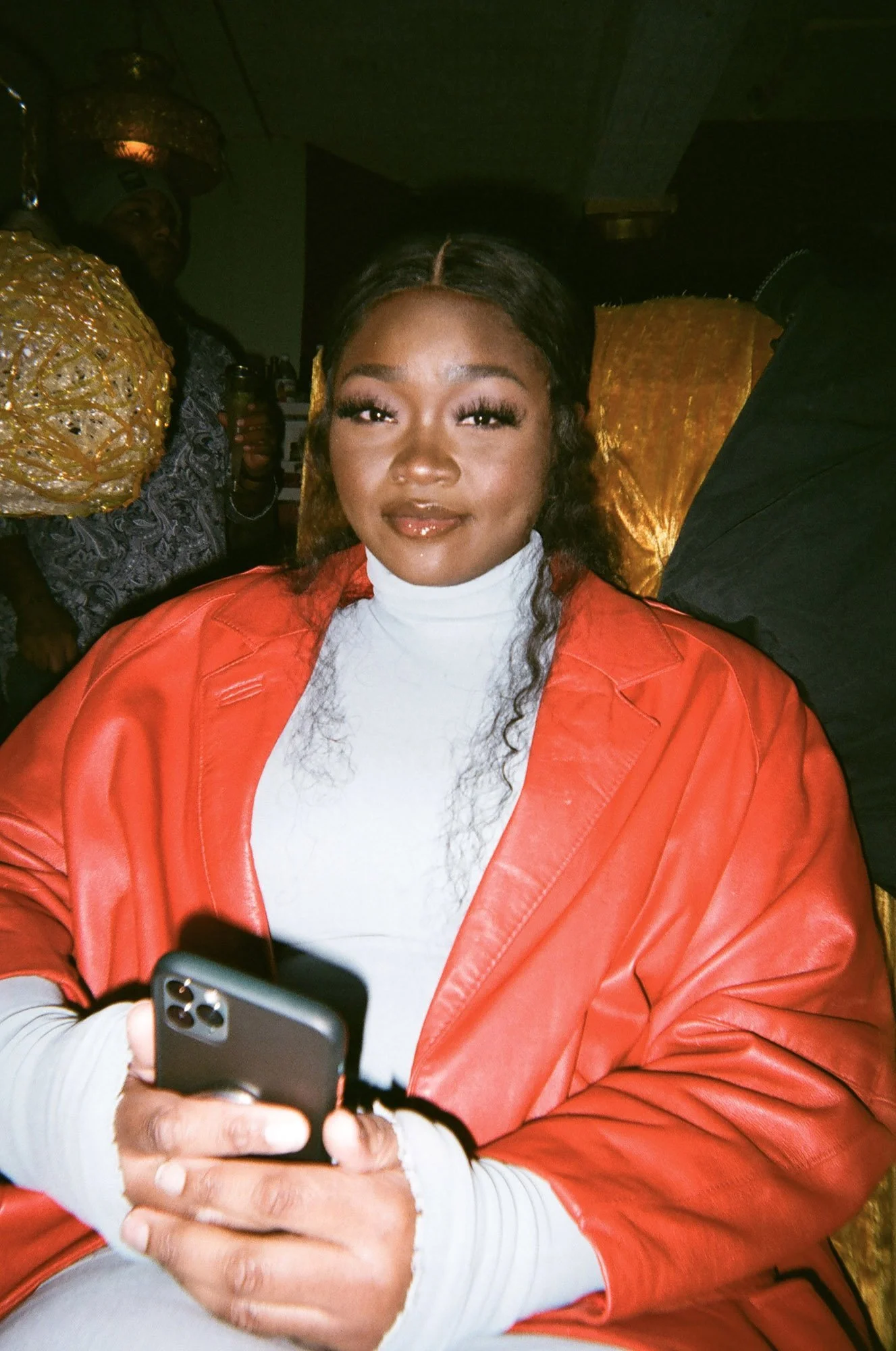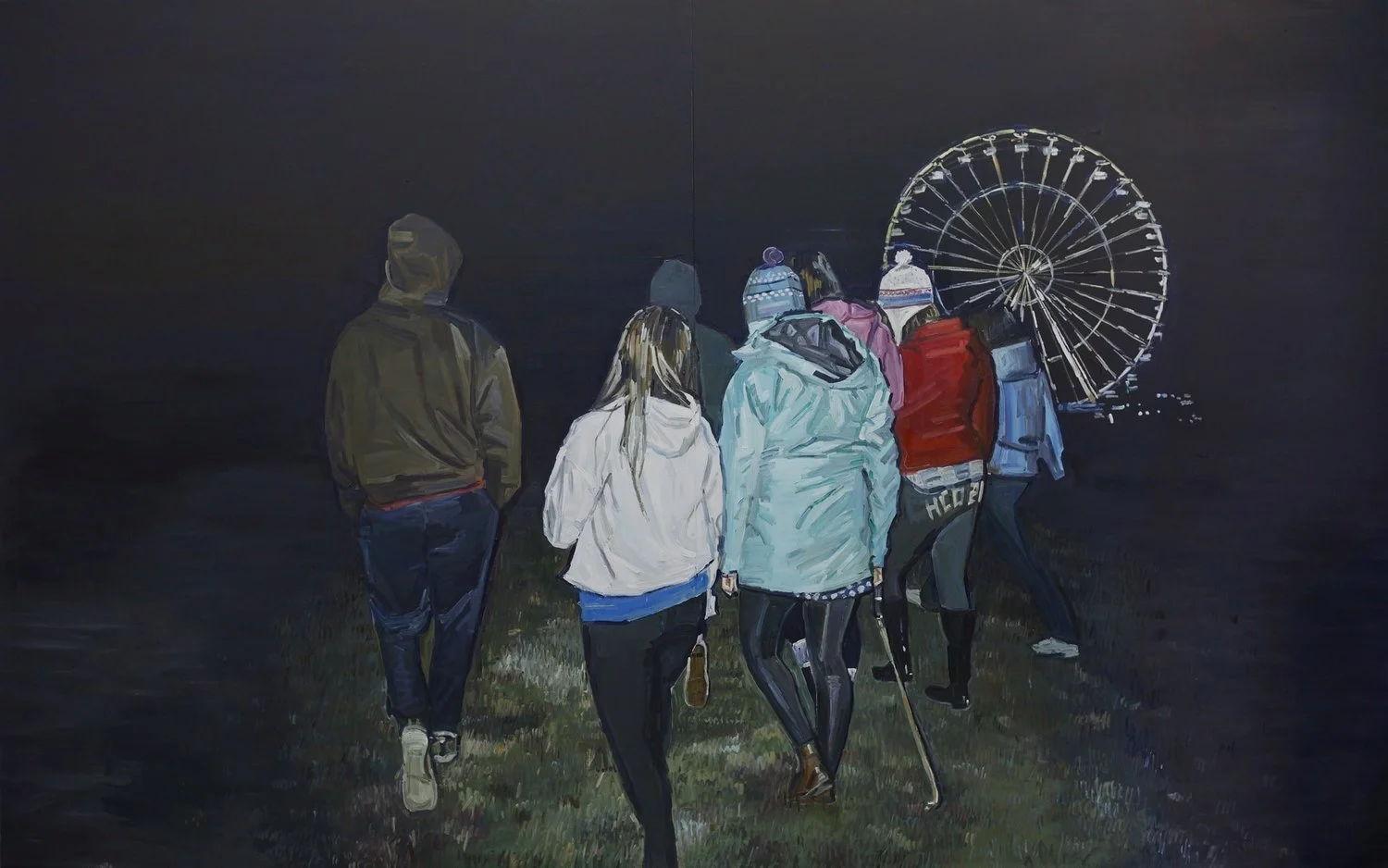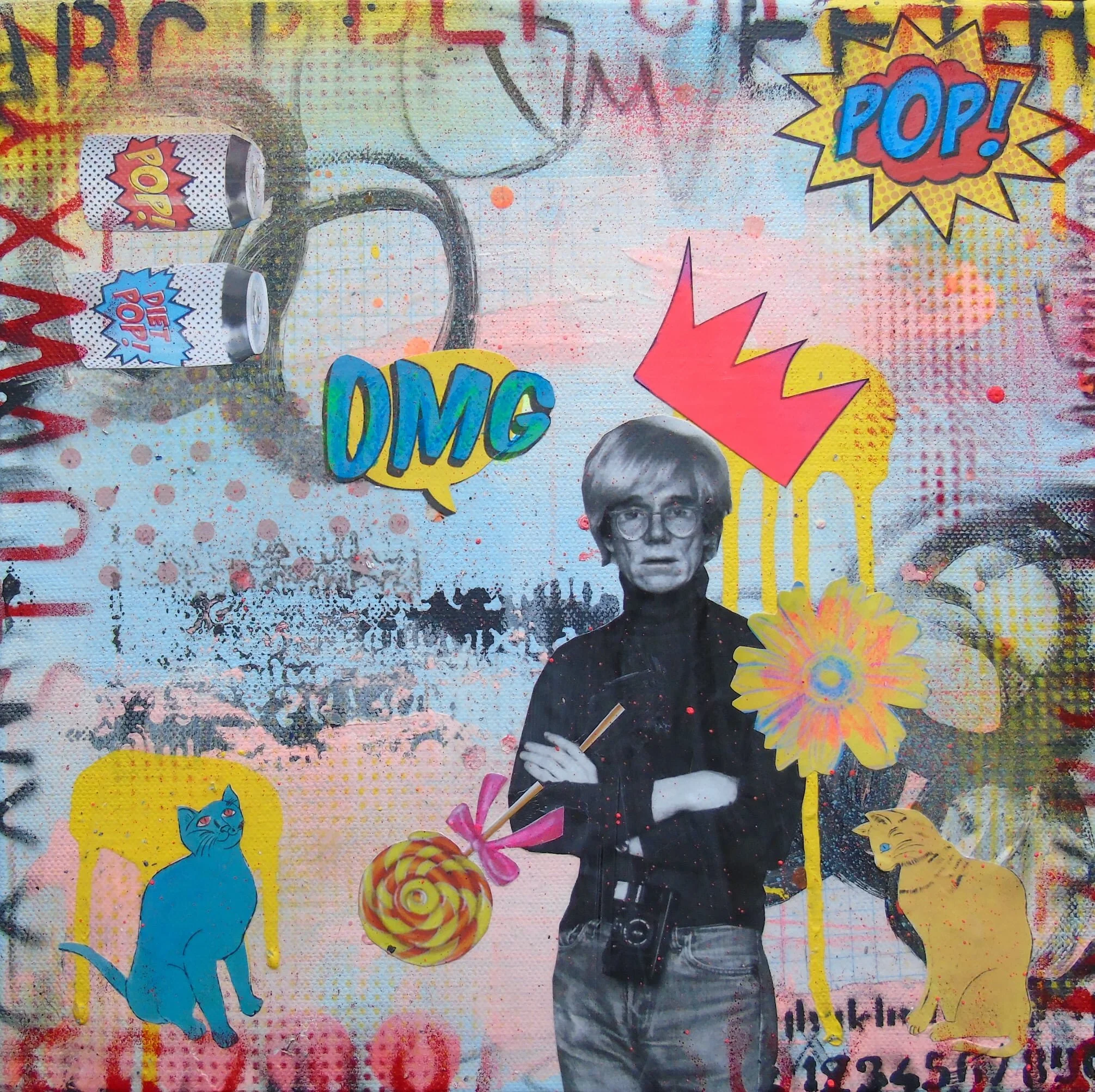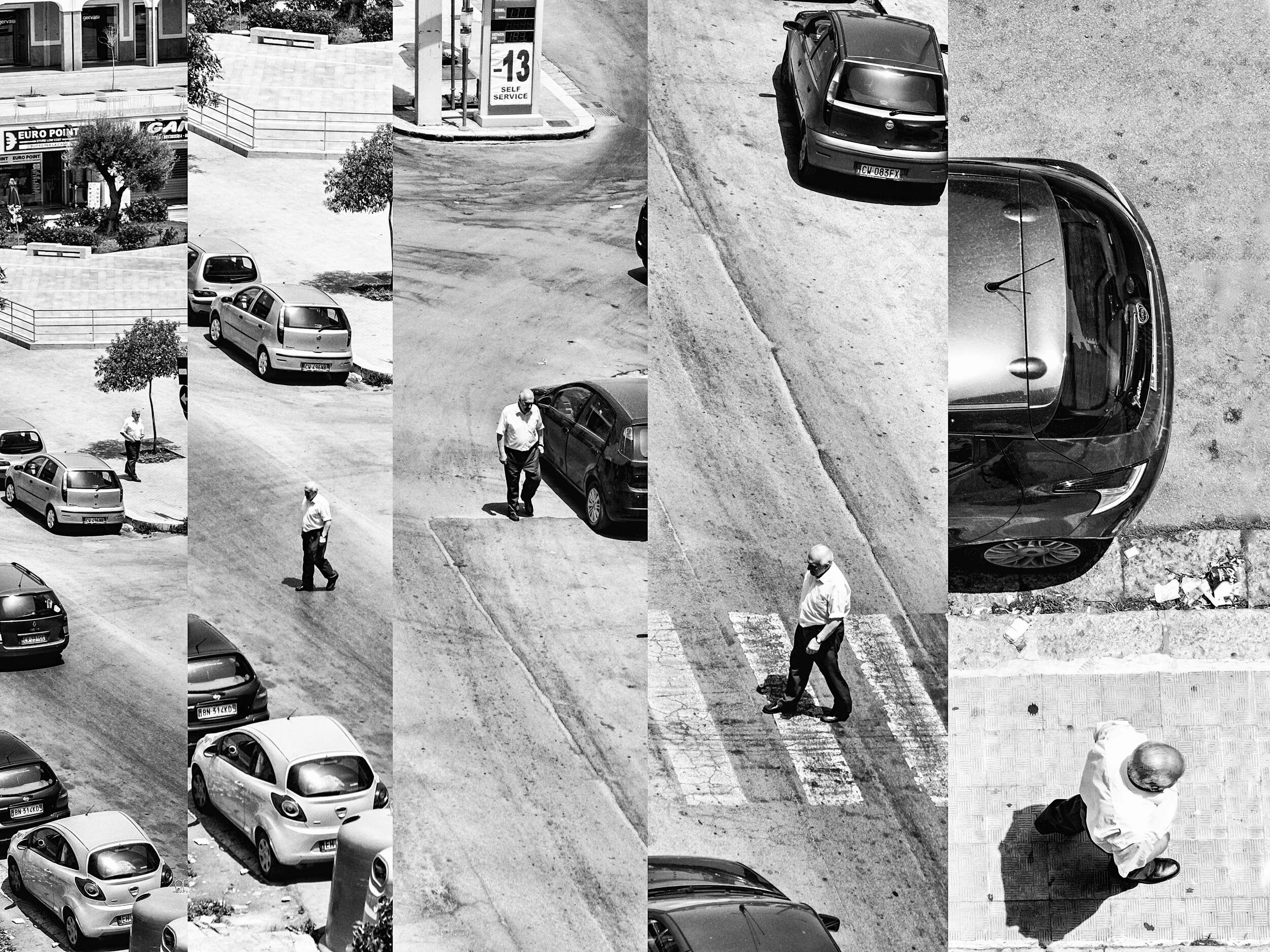Maggie Wen 温馨 works mainly with the combination of interview research-based text and photography. She draws a lot of her inspiration from intercultural research. She explores the relationship between words and the environment to understand culture, politics, economics’ influence over human life, and the driving forces behind decisions.
INTERVIEW | Olivier Larivière
Olivier Larivière believes art is not just embellishment or the representation of outward appearances but rather is an essential act that reveals the inward significance of things. He sees his work as a window to the life-giving mystery of who and why, and what we are. His work depicts the epiphanies and wanderings of fallen heroes, magnificent losers, ordinary misfits, pulling the narrative thread of incongruous or absurd situations until it breaks.
INTERVIEW | Camila Rodrìguez Triana
Camila Rodríguez Triana (Cali, 1985) is a visual artist and filmmaker. Rodríguez Triana's work reflects on identity. She is interested in the inherited ancestral culture and how we re-appropriate that culture to make it our own. She is interested in the words “re-appropriation” and “re-elaboration” that imply recognizing something past to transform it into the present.
INTERVIEW | Fotini Christophillis
Fotini Christophillis is an American painter based in Greenville, South Carolina. She explores the presence and absence of figurative suggestions, eliminating specific details in order to express a dream-like snapshot from her subconscious, a kind of cinematographic film still that’s neither “here nor there”. Her paintings are a reflection of her current experience as she seek to understand where she is and where she is going.
INTERVIEW | Anastasia Golovneva
Anastasia Golovneva is a Russian painter, currently based in Moscow. Anastasia lived for many years with Khanty indigenous northern people side by side. Her work deals with the Ugric world. Harmonious, but so fragile, it was destroyed in just a couple of decades because of oil production. Anastasia believes that it is necessary to know and understand the consequences of oil production and depicts it in her art.
INTERVIEW | Kinnari Saraiya
Kinnari Saraiya is an Indian artist based in the UK. Having grown up with the stories of the colonial empire told by her grandfather, she is fascinated by the physical evidence of this history in the landscape of India and England. It voices a counterculture of stories which depicts the dysfunctions of the world and forces a new type of meaning to be created through her work.
INTERVIEW | Ulziitugs Enkhbold
Ulziitugs Enkhbold is a Mongolian artist currently based in Winnipeg, Canada. She works across multiple disciplines and her practice is primarily concentrated around identity and heritage. Her paintings are often completed in oil, while her sculptures are mainly ceramic. Her current body of work consists of oil paintings that analyzes the relationship between immigrants and their home countries.
INTERVIEW | Lorette C. Luzajic
Every technical and philosophical facet of Lorette C. Luzajic’s art is committed to the application of mixed media, redefining the term to include concepts and ideas as well as tangible physical materials. This cross-genre pasticcio is born from and dependent on collage, which naturally experiments with subliminality, intercontextuality and the unexpected narratives that emerge from both playful and planned juxtapositions.
INTERVIEW | Giuseppe Francavilla
Giuseppe Francavilla tries to make the documentary discourse something universal starting from the particular. He dedicates himself mainly to street and documentary photography, working and exhibiting internationally. For Francavilla, photography must not only archive visions of the present but also be the object of evaluation and criticism of the territory for the future.





